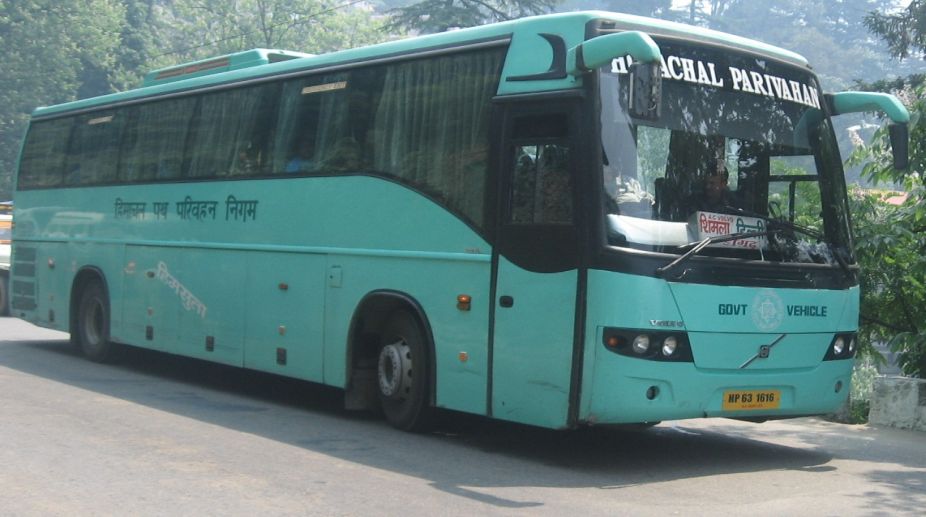If you are adventure freak then the bus journey from Delhi to Leh will undoubtedly be one of the coolest road trips you can ever experience. And that too at an affordable price of Rs.1,380. The Himachal Pradesh Road Transport Corporation (HRTC) re-launched the service on this route on Wednesday.
“The Delhi-Leh bus was flagged off today (Wednesday) at 5.30 a.m. and it is likely to reach Leh in Jammu and Kashmir by Thursday evening,” Sunny Sharma, the Sub Divisional Magistrate, Keylong in Lahaul Spiti told The Statesman.
Advertisement
Starting from warm plains of Delhi, the bus passes through the scenic beauty of Pir Panjal Hills, the Himalayas and the cold desert.
In the arduous trip, the bus passes through the four mountain passes — Rohtang Pass(13,050 ft), Baralacha Pass(16,020 ft), Lachungla Pass(16,620 ft) and Tanglangla Pass(17,480 ft).
Rohtang and Baralacha remain snow-clad for most part of the year. Besides that flash floods, landslides, hairpin bends on narrow roads and extreme temperature variation are major challenges on the route.
The Manali-Leh route generally remains open for vehicular traffic for four to five months in a year (from June or July to September or October).
Testing the skills of HRTC drivers, the longest, highest and toughest bus route throws landscapes of myriad hues open to passengers.
Though the HRTC drivers are known to drive safely on dangerous routes, the drivers and conductors are trained to handle emergency situations to ensure the safety of passengers.
The entire journey also tests the bus fitness as there is no service station in a large stretch between Darcha, around 116 km from Keylong, and Leh.
In case of some issue, the bus staff takes help from Border Roads Organisation (BRO) personnel.
The bus makes an overnight halt at Keylong in Lahaul-Spiti district to leave for Leh at 5 a.m. the next morning. The state government had developed a special camping site at Keylong for the night halt for the travellers.
State roadways’ bus service to Kibber in Spiti valley has mention in the Limca Book of Records for providing road connectivity to Kibber, the highest village of Asia at 14,200 ft (4270 mt).











